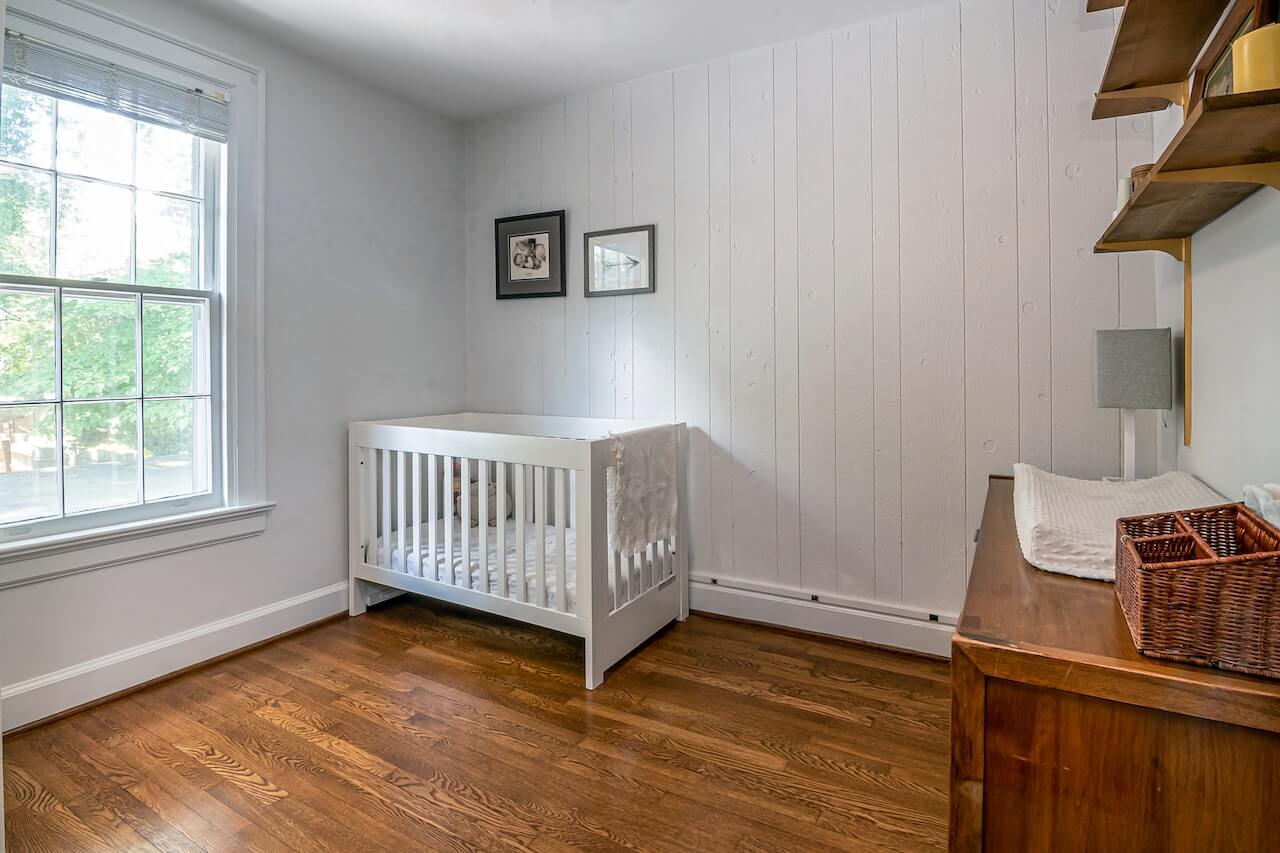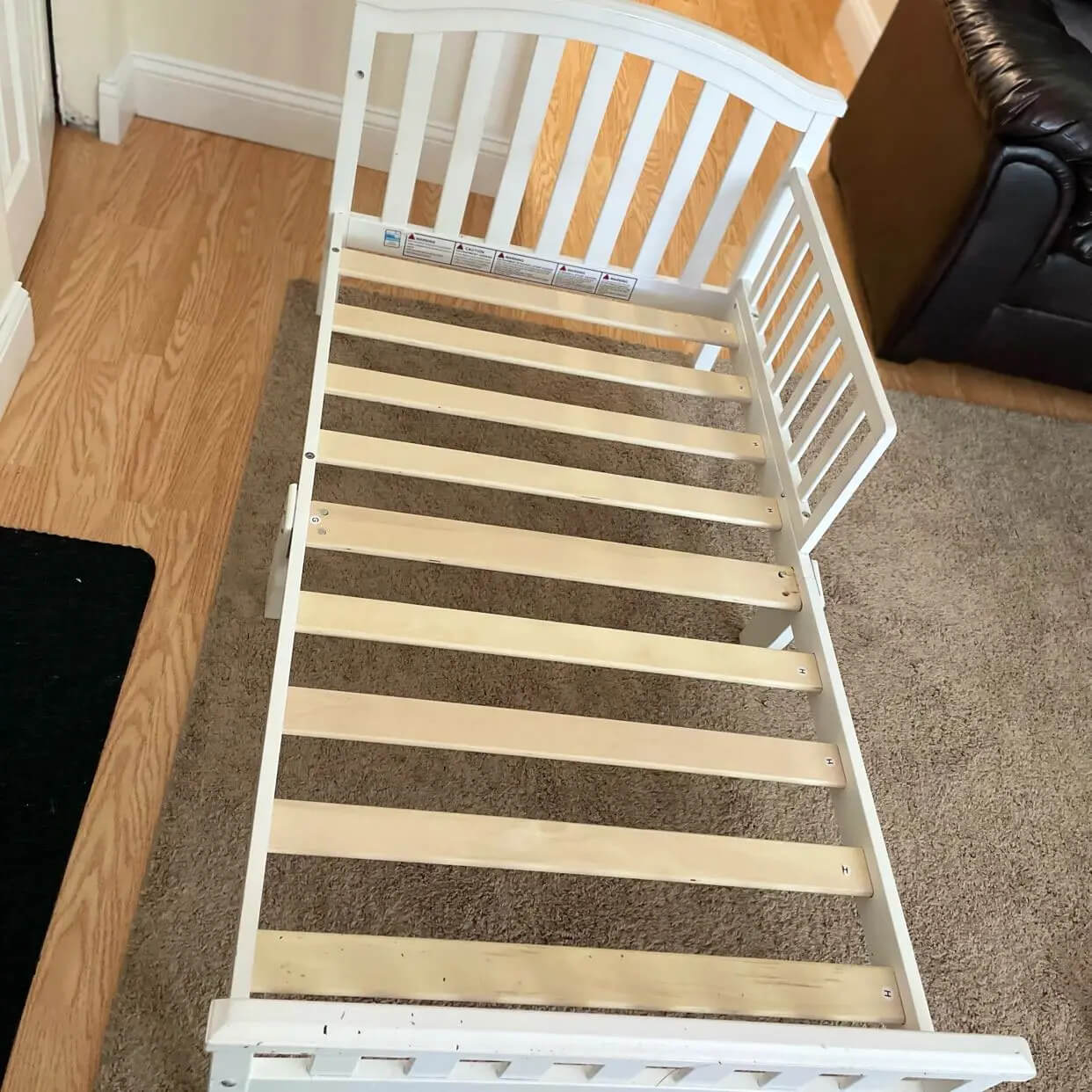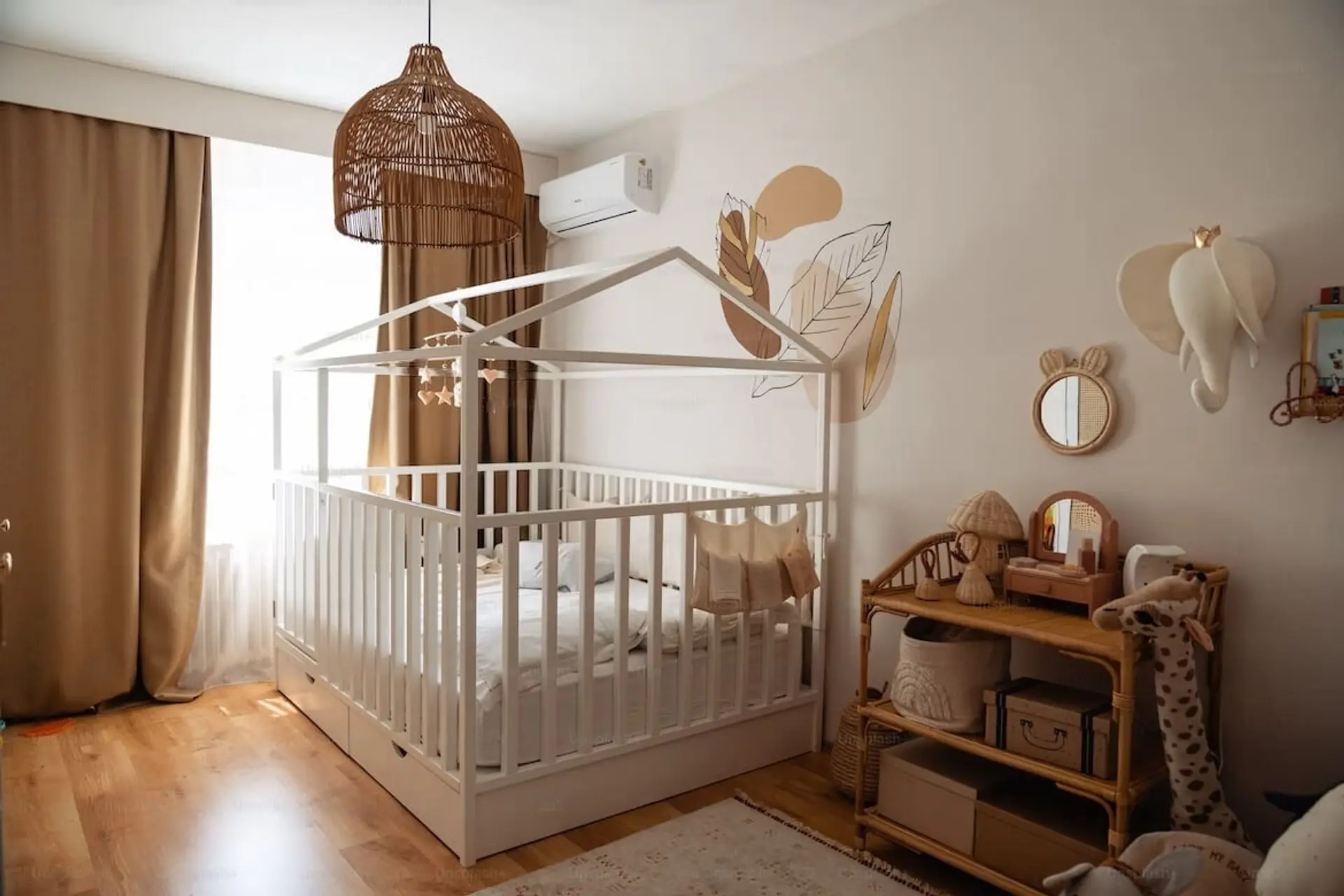Transitioning from a crib to a floor bed is an exciting milestone in a child’s development. If you’re wondering how to turn a crib into a floor bed, this guide will provide step-by-step instructions and helpful tips. Discover the benefits of a floor bed and learn how to create a safe and inviting sleeping space for your little one.
This article will explore why converting a crib into a floor bed is popular for many parents. We will discuss important safety considerations to ensure a smooth transition from crib to floor bed.
Why Convert a Crib Into a Floor Bed
Converting a crib into a floor bed has gained popularity among parents for several reasons. The Montessori concept of providing children with a space that promotes their autonomy and allows them to learn at their own pace is a major inspiration.

A floor bed aligns with this philosophy by allowing children to control their sleep space and safely explore their surroundings.
Safety Considerations When Transitioning From Crib to Floor Bed
When transitioning from a crib to a floor bed, it is crucial to prioritize safety to ensure your child’s well-being.
Here are some key safety considerations to keep in mind:
Age and Development
Consider your child’s age and developmental stage. Toddlers who have the physical coordination and mental maturity to sleep independently on the floor are the ones who should make the switch.
Room Preparation
Ensure the bedroom is childproofed. Remove any hazards or potential dangers that could pose a risk to your child, such as sharp objects, cords, or unstable furniture. Secure any heavy furniture to the wall to prevent tipping.
Bed Placement
Choose a suitable location for the floor bed within the room. Avoid placing it near windows, blinds, or cords that could pose entanglement hazards. Ensure there is adequate space around the bed for safe movement.
Mattress Height
Select an appropriate mattress height. It should be low enough to minimize the risk of falls but still provide comfort and support. A mattress placed directly on the floor or a low-profile foundation can be used.
Bedding and Pillows
Use age-appropriate bedding and avoid pillows or excessive blankets for infants to reduce the risk of suffocation. You can introduce a small, firm pillow and lightweight blankets as your child ages.
Supervision and Monitoring
Initially, closely supervise your child during the transition phase to ensure their safety. Use baby monitors or keep the bedroom door open for easy monitoring.
Supplies Needed for Crib-to-Floor Bed Conversion
Converting a crib into a floor bed requires a few essential supplies to ensure a smooth and successful transition. Here are the supplies you will need:
Toddler Bed Conversion Kit
Check if your crib manufacturer offers a toddler bed conversion kit. This kit typically includes the necessary hardware and parts to convert the crib into a toddler bed. It may include a toddler bed rail or a shorter side panel for safety.
Tools
Gather basic tools such as a screwdriver, Allen wrench, and drill. These tools will be needed to disassemble the crib, remove the side panel, and secure the remaining sides.
Bedding
Choose appropriate bedding for the floor bed. Opt for a fitted crib sheet or a toddler bed sheet that includes the dimensions of the converted bed. Ensure the bedding is securely tucked in to prevent entanglement hazards.
Mattress
Select a suitable mattress for the floor bed. Measure the dimensions of the crib to determine the correct mattress size. It should fit snugly within the converted bed frame and provide adequate support and comfort for your child.
Safety Padding
Consider adding safety padding around the edges of the floor bed. This can be in foam edge bumpers or soft cushions to provide additional protection against accidental bumps or falls.
Childproofing Supplies
As you transition to a floor bed, review the safety of the surrounding environment. Depending on your child’s age and the room layout, you may need to install outlet covers, secure furniture to the wall, and remove any potential hazards within reach.
Step 1 Remove One Side of the Crib
In converting a crib into a floor bed, the first step is to remove one side of the crib. Follow these guidelines to accomplish this safely:

Gather the necessary tools.
Before you begin, ensure you have the tools, such as a screwdriver or Allen wrench, depending on the type of screws used in your crib.
Prepare the workspace
Clear the area around the crib and create a safe and spacious workspace. This will allow you to maneuver and safely remove the crib side.
Identify the attachment points.
Examine the crib to locate the attachment points that secure the side panel. Typically, you’ll find screws or bolts at each corner of the crib.
Unscrew or unbolt the side panel.
Carefully unscrew or unbolt the screws or bolts that secure the side panel to the crib using the appropriate tool. Ensure you keep track of the hardware to reassemble the crib later if needed.
Set aside the removed side panel.
Once the side panel is detached, set it aside safely. If you convert the floor bed back into a crib, you may need it for future use.
Step 2 Secure the Remaining Sides and Add Padding
After removing one side of the crib to convert it into a floor bed, the next step is to secure the remaining sides and add padding for safety and comfort. Here’s a guide to help you with this step:
Assess the stability
Before proceeding, ensure that the remaining sides of the crib are sturdy and secure. Check for loose or damaged parts and tighten or repair them if necessary.
Use crib rail guards.
To prevent accidental falls and injuries, consider installing crib rail guards on the exposed sides of the crib. These guards act as protective barriers and provide a cushioned surface for your child.
Add a mattress on the floor.
Place a comfortable and appropriately sized mattress where the crib used to be. Ensure the bed is firm and fits snugly in the designated area.
Apply padding around the floor bed.
Surround the floor bed area with soft padding or foam mats. This helps create a safe environment, cushioning potential falls and providing a cozy space for your child to sleep and play.
Create a cozy sleep environment.
Decorate the floor bed area with blankets, pillows, and age-appropriate toys to make it inviting and comfortable for your child. Avoid using excessive bedding or plush toys that could pose a suffocation hazard.
Conclusion
In conclusion, converting a crib into a floor bed can be a practical and safe option for transitioning your child. If you follow the guidelines provided in this article and take the necessary precautions, you’ll have a safe and comfortable place to sleep.


